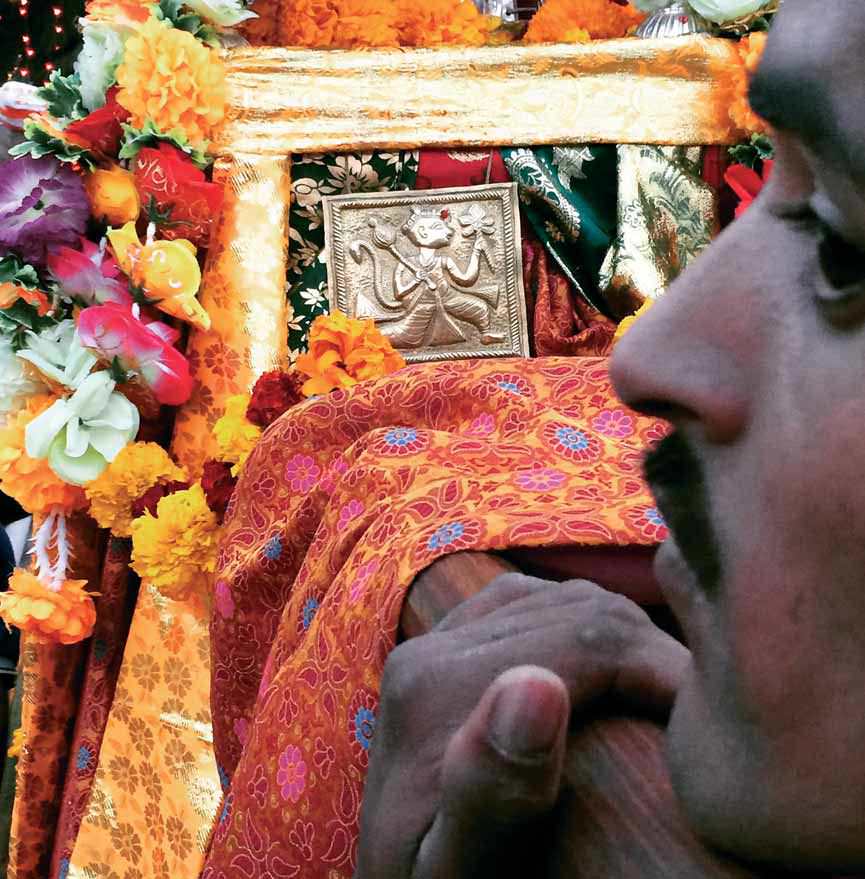Remembering The Forgotten
Domus India
|December 2016
The seven-day-long Kullu Dussera Festival following Vijayadashami is when more than 300 devtas and devis are worshipped across the Kullu Valley, and make their way to the enclosure of Lord Raghunath, the presiding deity of the town. The author explores the notions of time, space, and collective memory, tracing the living traditions of a place through its geographical armature.

I spent a long time living inside the Ramayana, where characters can change their shape and their will, where time exists in multiple, sometimes confusing ways. But it always creates a pattern. Sometimes these patterns were closely knit, at other times they were far apart. And I don’t mean this as a narrative structure only. Every pattern has small openings, sometimes so small that only the tip of your finger would fit through and it is here, that we, as tellers of this story, fill. And so I decided to put the stories into my pocket and see how they evolved in spaces outside of myself. I made my way to Kullu in Himachal Pradesh to watch the Kullu Dussera (or as they say ‘The International Kullu Dussera Festival’). When I opened my eyes at the end of a 14-hour bus journey – of which I had slept a total of 12 – I saw, for the first time, the Himalayas rise up in front of me, and down the line of my vision on the winding roads I saw a palki floating, like an offering of flowers on the Ganga. The Kullu Valley is cradled by the Pir Panjal to the north, the Parvati range to the east, and the Barabhangal range to the west and lies almost at the heart of Himachal Pradesh. Known in ancient Hindu scriptures as ‘Kulantapitha’ – the end of the habitable world – the rulers of the valley initially ruled over an area restricted to the upper Beas river, with their capital in the ancient village of Jagatsukh near Manali. The valley, which opens up like a gateway, became a crucial trade route between Central Asia and the Gangetic plains and by the 17th century, the kingdom expanded its borders further to include LahaulSpiti and the Sutlej river. It was under the rule of Raja Jagat Singh when the
Denne historien er fra December 2016-utgaven av Domus India.
Abonner på Magzter GOLD for å få tilgang til tusenvis av kuraterte premiumhistorier og over 9000 magasiner og aviser.
Allerede abonnent? Logg på
Translate
Change font size

